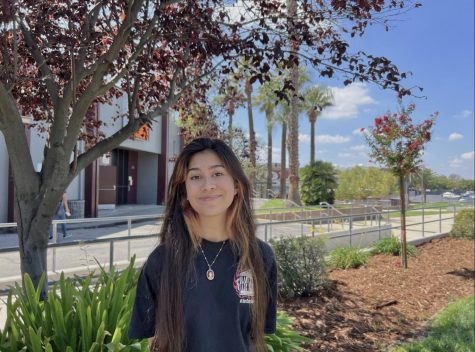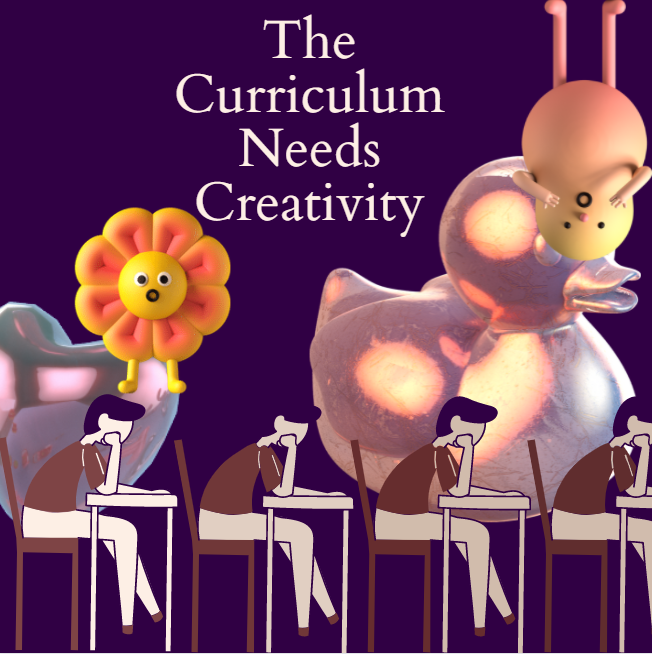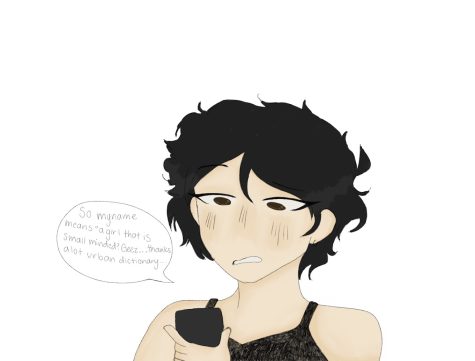The Curriculum Needs Creativity
The disregard of creatively driven curriculum in US public schools has begun to bear consequences. Education has entered an era of standard-based teaching, squeezing the core subjects of Math, English, Science, and History into fast paced lessons which revolve around what will be on “the tests.” As educators face the pressure of covering large amounts of curriculum in a limited schedule, detrimental cuts are made to what becomes taught and how it is taught.
Ben Orlin, a high school teacher in Oakland, California, reflects sourly on the dogmatic use of memorization in modern learning.
“[My class] didn’t know what “sine” even meant. They’d simply memorized that fact. To them, math wasn’t a process of logical discovery and thoughtful exploration. It was a call-and-response game,” Orlin wrote.
In standard-based learning, does the value of knowledge become overwhelmed by the need to “know” something? As students diligently follow the requirements of current curriculum, they accumulate years worth of facts, along with a bitter resentment against school itself. Updated figures are proving that college applications have dropped sharply, and are continuing to slide downward. It is a simple and solemn fact; most public school student’s do not like school. In fact, teachers are not enjoying it either. According to the US Bureau of Labor Statistics, more than 300,000 educators will have resigned between the decade of 2016 and 2026.
In English courses, the structured approach to teaching writing and reading does not give a well-rounded understanding of the subject themselves. According to a 2016 assessment conducted by the NAEP (National Assessment of Educational Progress), 40% of students who took the ACT in 2016 lacked the reading and writing skills necessary to complete a college-level composition class. That is an astounding amount of students who went through the US public school system with vapid results, lacking the basic writing skills for everyday and intellectual life.
As author and poet John Dugherty puts it, “What tends to happen is that children are taught that [complex language] is what good writing is, and it completely ignores the essence of good writing, which cannot be measured on a scale. Good writing is about communication, and will vary depending on what you’re trying to communicate, what kinds of emotions you’re trying to stir up, what kind of character you’re trying to put into their minds.”
Unfortunately, the type of writing that encourages authentic communication- creative writing- has been pushed to the edges of the English curriculum. It is an abstract subject that takes time to grade. It cannot be bubbled into a bubble sheet, and therefore is unable to be filtered into standard research data.
When the masses of students assume creative writing is invaluable, it has proved to result in students who do not value writing or reading at all. When writing is not meaningful to the individual, and they cannot see themselves in the assigned novels they read, it is close to impossible to develop a sense of enthusiasm for the subject. For most students, writing is a tedious research project with a step-by-step set of rules to be followed, usually squished into a convenient acronym, TIQA, CER, MLA, APA, CBSE, etc.
Analytical writing is important, but academic papers are not at the core of communication. Rebecca Wallace-Segall, the founder and executive director of a creative writing non-profit, puts it best, “There’s a reason fiction and narrative nonfiction outsell all other genres in the U.S. It’s the same reason there are 56 million WordPress blogs and 76 million Tumblrs. Human beings yearn to share, reflect, and understand one another, and they use these reflections to improve the state of things, both personal and public. If we want our students to have this kind of impact, we have to teach them to express themselves with both precision and passion.”
Hello there! Our goal is to provide relavent, engaging journalism for readers of all ages. Your donation will support the student journalists of the Wolfpacket at Claremont High School, and will allow us to purchase equipment, print our monthly issues, and enter in journalism competitions. We appreciate your consideration!

Frida Garcia is a senior at Claremont High School and the Head Features Editor of the Wolfpacket. Besides designing for the features spread, Frida’s...












